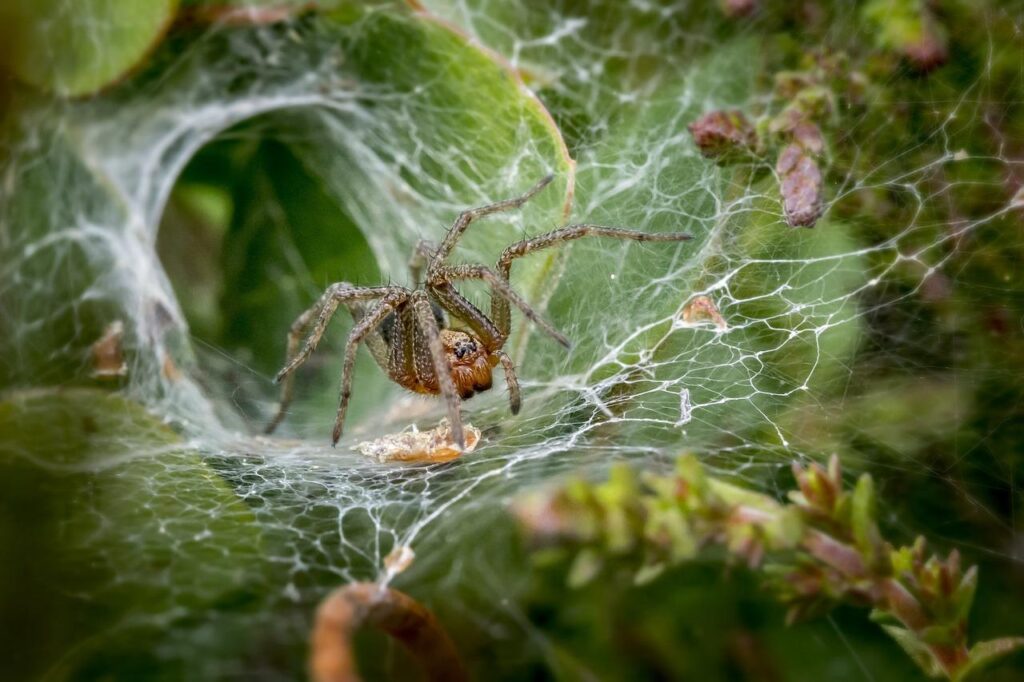Few creatures on this earth are as feared as the spider. This is mainly because many people are unaware of how to deal with spiders safely and effectively. While it is true that some spiders can be dangerous, by using these five Salt Lake Valley pest control methods, you can control spider populations without putting yourself or your loved ones in danger.
Understanding the Basics of Spider Control
Spiders play an essential role in the environment but can also be dangerous to humans and pets if not controlled. By understanding the basics of spider control, you can safely and effectively deal with these pests in your home.
You can do several things to control spider populations in your home. The most crucial step is removing their food sources by keeping your home clean and clutter-free. You can also use exclusion methods like caulking cracks and crevices and installing door sweeps and window screens.
If spiders are already present in your home, you can use safe and effective pest control methods like chemical sprays or dust, or traps to remove them. It is essential always to follow the manufacturer’s directions when using any pest control product.
These five steps can protect your home from dangerous spiders and your loved ones from potential bites.
How To Identify Poisonous Spiders?
There are many different types of spiders, and not all are poisonous. However, identifying poisonous spiders to protect yourself and your loved ones from potential bites is essential.
The most common poisonous spiders in the United States are the black widow and the brown recluse. Its shiny, black body and red hourglass-shaped markings make the black widow easily recognizable. The brown recluse is smaller than the black widow and has a violin-shaped marking on its head.
If you have spotted a poisonous spider in your home, it is best to leave it alone and call a professional pest control company to deal with it. Do not try to catch or kill the spider yourself, as this could put you at risk for a bite.
How to Respond If a Spider Bites You?
If a spider bites you, it is essential to know what to do. First, try to identify the spider that bit you. If you can’t do this yourself, take the spider with you to the hospital so that it can be identified.
If you know the spider is poisonous, seek medical attention immediately. Do not try to treat the bite yourself. Even if the bite does not seem severe initially, it can quickly become infected and cause serious health problems.
Be sure to tell your doctor about any allergies you may have and any medications you are taking. This will help them provide the best possible care for you in the event of a spider bite.
Choosing the Right Pest Control Method
There are various methods for controlling spiders; the right one depends on the type of spider you are trying to eliminate. Some standard methods include pesticides, traps, and exclusion.
Pesticides: Various pesticides are available on the market, and most are effective against spiders. Read the label carefully to be sure the pesticide is safe in your home.
Traps: Traps can be either mechanical or sticky. Mechanical traps kill the spider once it enters, while sticky traps catch and release it outside.
Exclusion: Exclusion is a method that uses physical barriers to keep spiders out of your home. This can be done using caulk or screening to seal up cracks and crevices around your home.
Final Thoughts on Controlling Spider Populations on Your Property
Controlling spider populations can be daunting, but by using the tips we’ve provided, you should be able to get the job done. Remember to remove their food sources, use exclusion methods, and use safe and effective pest control products to eliminate any spiders already present in your home.

Hello, I’m Salman Khayam, the creator and voice behind this platform. As someone passionate about offering practical knowledge, I’ve built this blog to provide you with well-crafted content on a wide range of subjects. Whether it’s improving your well-being, staying fit, learning about nutrition, or enhancing your daily lifestyle, I’m here to share expert tips and thoughtful advice to help you grow and thrive in all areas of life.


